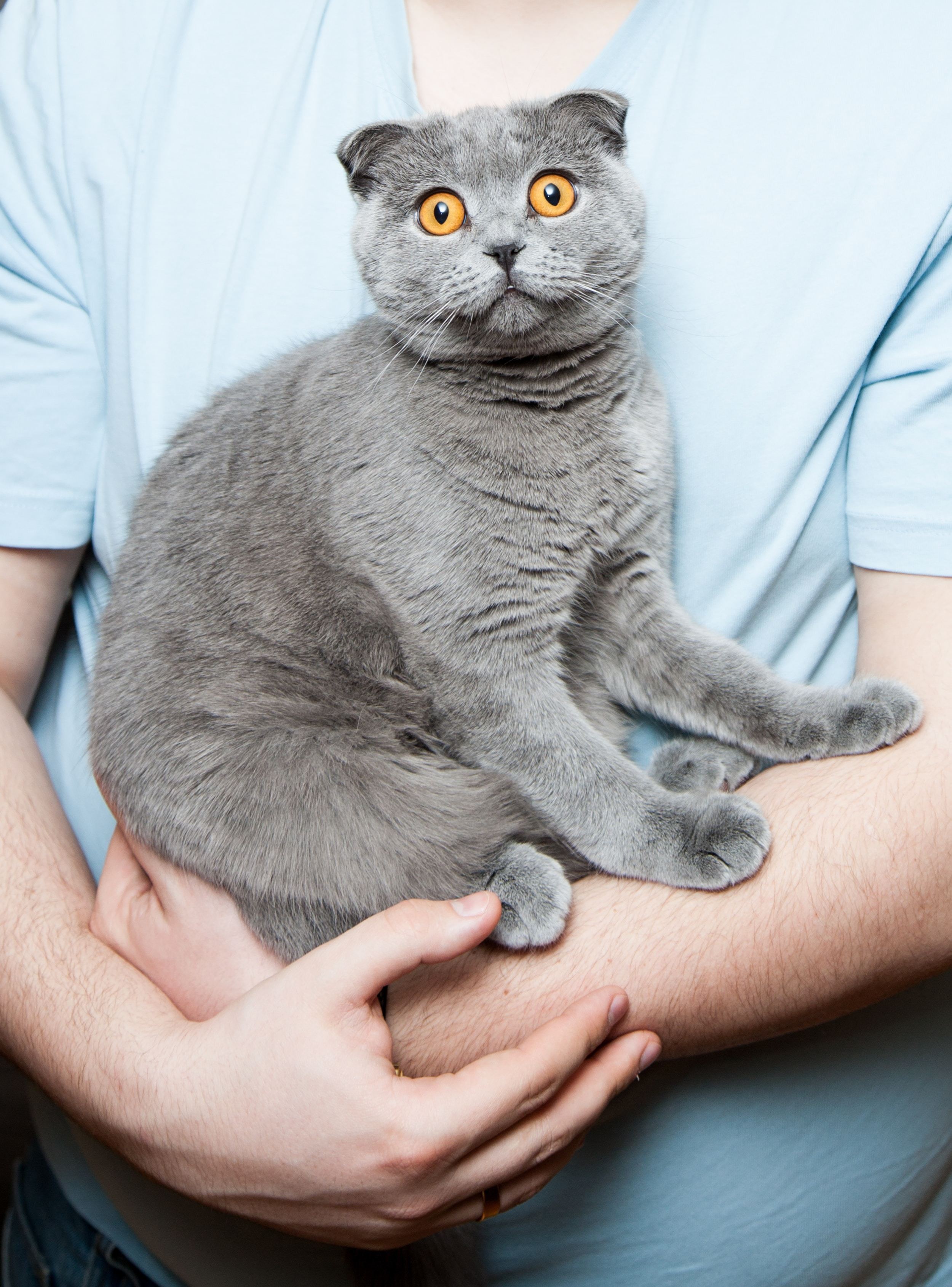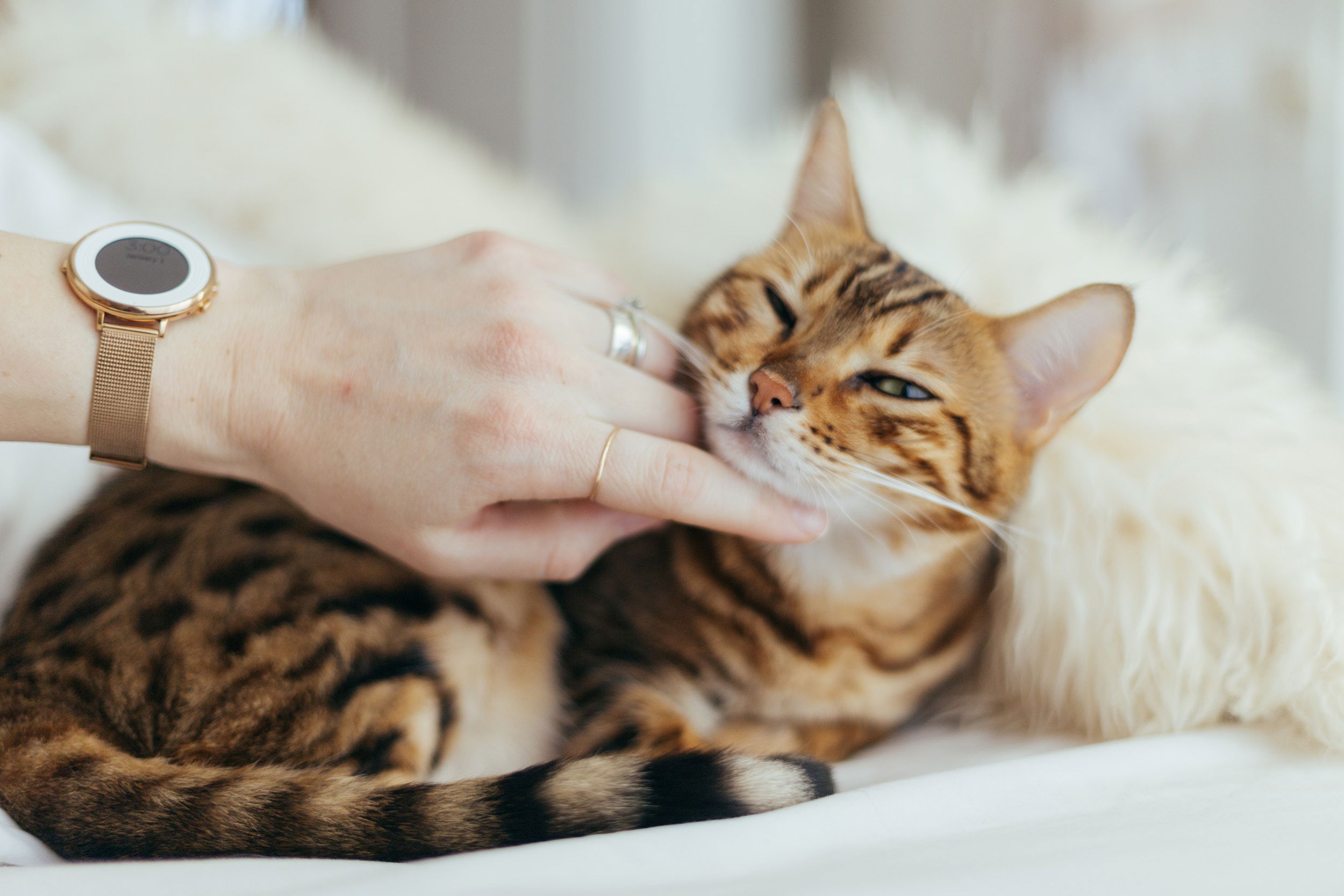Cat First Aid: Essential Tips and Supplies Every Owner Should Have
As a responsible cat owner, you want to ensure the safety and well-being of your feline companion. While you hope that your cat will never experience an emergency or injury, it's crucial to be prepared for unexpected situations. Cat first aid is a valuable skill that can make a significant difference in your cat's outcome in case of an accident or sudden illness. In this comprehensive guide, we will explore essential cat first aid tips and the supplies every cat owner should have on hand to provide immediate care and potentially save their cat's life.

The Importance of Cat First Aid
Accidents can happen at any time, and having a basic understanding of cat first aid can be critical in emergency situations. Cat first aid serves several crucial purposes:
- Immediate Care: First aid can stabilize your cat's condition and provide relief until you can get them to a veterinarian.
- Preventing Further Injury: Prompt action can prevent minor injuries from becoming more severe.
- Peace of Mind: Knowing what to do in an emergency can reduce panic and stress, allowing you to provide the best care for your cat.
Cat First Aid Supplies
Before diving into the essential first aid tips, let's ensure you have the necessary supplies on hand. A well-prepared cat first aid kit should include:
- Gauze pads and rolls: Useful for covering wounds and stopping bleeding.
- Adhesive tape: For securing bandages and gauze.
- Scissors with rounded tips: To safely cut fur and bandages.
- Cotton balls or swabs: For cleaning wounds or applying medications.
- Hydrogen peroxide (3%): To induce vomiting (only under the guidance of a veterinarian).
- Rubbing alcohol or antiseptic wipes: For cleaning wounds.
- Sterile saline solution: To flush eyes or wounds.
- Eyedropper or oral syringe: For administering fluids or medications.
- Tweezers: To remove splinters or foreign objects.
- Muzzle: To prevent biting if your cat is in pain or scared.
- Blanket or towel: To provide warmth or comfort.
- Emergency contact numbers: Your veterinarian's contact information and the number for an emergency veterinary clinic.
Essential Cat First Aid Tips
1. Stay Calm
In an emergency, it's essential to remain calm. Your cat can sense your emotions, and staying composed will help both of you.
2. Assess the Situation
Before providing first aid, assess your cat's condition and the surrounding environment to ensure it's safe to approach.
3. Check for Breathing and Pulse
Ensure your cat is breathing and has a heartbeat. If not, begin CPR (cardiopulmonary resuscitation) and seek immediate veterinary help.
4. Stop Bleeding
Apply gentle pressure with a clean cloth or gauze to stop bleeding from wounds. Elevate the injured area if possible.
5. Address Choking
If your cat is choking, attempt to remove the obstruction from their mouth using caution to avoid being bitten.
6. Handle with Care
Injured cats may be in pain and frightened. Approach them gently and consider using a muzzle to prevent biting.
7. Prevent Shock
Keep your cat warm and quiet to minimize shock. Cover them with a blanket or towel if needed.
8. Eye Injuries
Flush the eye with sterile saline solution if there's an irritation or foreign object. Seek veterinary care for any eye injury.
9. Wounds
Clean wounds with antiseptic wipes or saline solution and cover them with sterile gauze. Seek veterinary attention for deep wounds or those that won't stop bleeding.
10. Poisoning
If you suspect your cat has ingested a toxic substance, contact your veterinarian or an emergency clinic immediately. Do not induce vomiting without professional guidance.
11. Burns
Flush chemical burns with cold water for at least 10 minutes and seek veterinary care. Do not use ice or adhesive bandages.
12. Broken Bones
Splint or support the injured limb with a rolled-up newspaper or towel, and take your cat to the vet.

Conclusion
Cat first aid is a vital skill that every cat owner should possess. By being prepared with essential supplies and knowing how to respond in an emergency, you can provide immediate care and increase the chances of a positive outcome for your beloved feline companion.
Remember that while first aid is essential, it should never replace professional veterinary care. Always seek immediate veterinary attention for any injury or illness to ensure the best possible care for your cat.